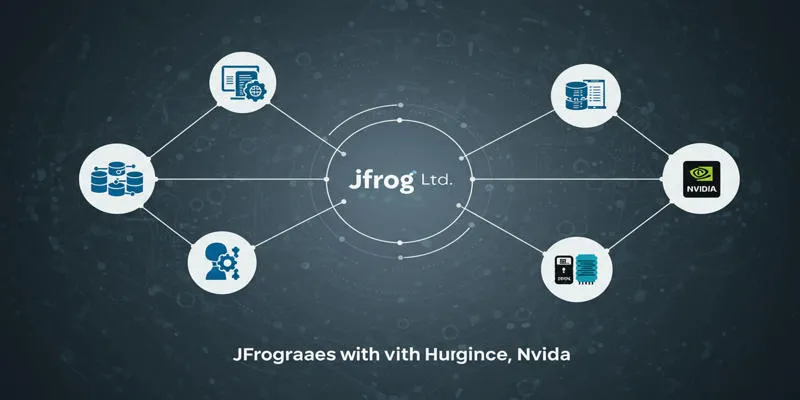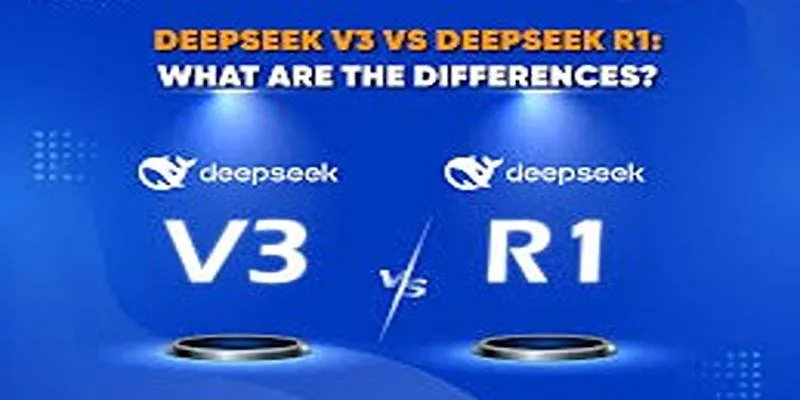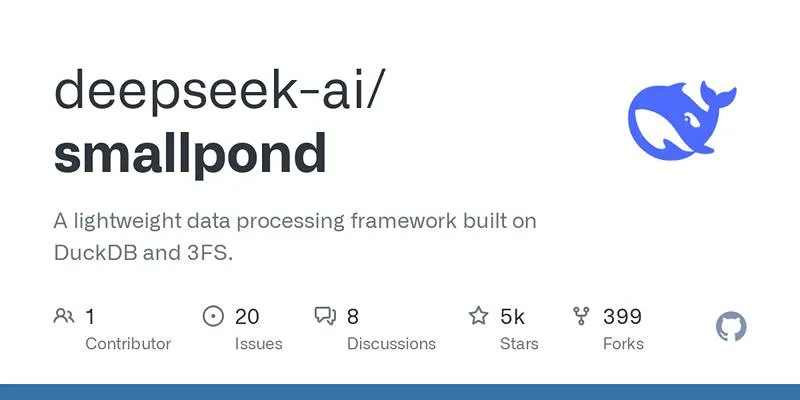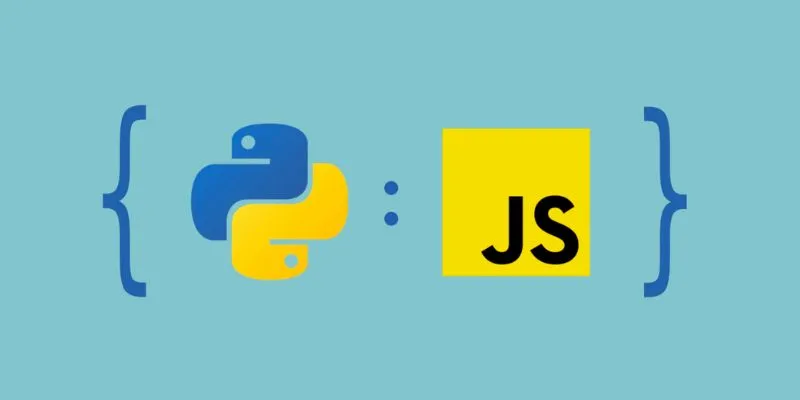Falcon 3, the latest version in the Falcon series developed by the Technology Innovation Institute (TII), is one of the most advanced open-source large language models (LLMs) available to the public. Built for performance, efficiency, and accessibility, Falcon 3 is designed to serve a wide range of users — from students and researchers to engineers and business developers. This post explains how to access Falcon 3 , where to find it, and how to run it locally or in the cloud. With clear steps and simple language, even those with limited technical skills can follow along.
What is Falcon 3?
Falcon 3 is a new family of large language models introduced in April 2024. Developed in the United Arab Emirates by TII, this model continues the open- source mission of Falcon 1 and Falcon 2 while delivering better performance, more efficient training, and broader use-case compatibility.
Falcon 3 comes in several variants:
- Falcon 3B – A compact version suitable for edge devices and basic NLP tasks
- Falcon 3B-Instruct – Fine-tuned for instructions, chatbot use, and helpful responses
- Falcon 180B – One of the largest open-source LLMs, offering massive performance for complex use cases
These models are trained on high-quality datasets and are optimized for speed, making them ideal for real-time AI tasks. TII released them under the Apache 2.0 license, allowing free use for both personal and commercial projects.
Why Falcon 3 Stands Out
Falcon 3 is considered a major competitor to closed models like OpenAI’s GPT-4 and Meta’s LLaMA but with the added advantage of open access. Here’s why users around the world are excited:
- Free and open-source
- High-quality performance, even in smaller sizes
- Strong multilingual capabilities
- Efficient token usage and inference speed
- Easy integration with popular tools like Hugging Face and PyTorch
Where to Access Falcon 3
Anyone looking to use Falcon 3 can access it from reliable platforms that host and distribute machine learning models.
Hugging Face
The most popular way to access Falcon 3 is via Hugging Face, a platform used by AI developers worldwide. The official Hugging Face account of TII hosts all Falcon 3 model weights, documentation, and usage examples.
To find the model, users can:
- Go to huggingface.co
- Search for “Falcon 3B,” “Falcon 3B-Instruct,” or “Falcon 180B”
- Visit the page and download or run the model directly in the browser.
GitHub (Official TII Repositories)
TII also shares code and configuration files through its GitHub page. Developers looking for integration scripts, inference code, or fine-tuning examples will find this particularly useful.
How to Access and Run Falcon 3
Accessing Falcon 3 involves a few simple steps. Whether on a personal computer or in the cloud, the process remains beginner-friendly.
Step 1: Prepare the Environment
Before using Falcon 3, the system must meet basic requirements.
Minimum system specs:
- Python 3.9 or later
- pip (Python package installer)
- At least 16GB of RAM (for Falcon 3B; larger models need much more)
- A GPU is recommended but not required for small models
If hardware is limited, Google Colab or Hugging Face Spaces can serve as cloud alternatives.
Step 2: Install Required Libraries
Once the system is ready, users should install the necessary Python libraries.
pip install transformers accelerate
These libraries allow users to download, run, and interact with Falcon models using pre-built functions.
Step 3: Load the Model
Here’s a simple example of how to load Falcon 3 using Python:
from transformers import AutoTokenizer, AutoModelForCausalLM
model_id = "tiiuae/falcon-3b"
tokenizer = AutoTokenizer.from_pretrained(model_id)
model = AutoModelForCausalLM.from_pretrained(model_id)
It loads the base Falcon 3B model. For the chat-optimized version, switch to:
model_id = "tiiuae/falcon-3b-instruct"
Step 4: Generate Text
Once the model is loaded, generating responses is straightforward.
input_text = "Explain how Falcon 3 works."
inputs = tokenizer(input_text, return_tensors="pt")
outputs = model.generate(**inputs, max_new_tokens=100)
print(tokenizer.decode(outputs[0]))
The output will be a text response generated by Falcon 3 based on the input prompt.
Using Falcon 3 in the Cloud
Not everyone has a strong computer or GPU. Luckily, Falcon 3 can run on several cloud platforms.
Hugging Face Spaces

- Run Falcon 3 models directly in the browser
- No setup needed
- Ideal for testing small prompts
Google Colab
- Provides free access to GPU
- Supports custom scripts
- Allows large model loading and long prompts
Users can copy and paste the code snippets mentioned earlier into a Colab notebook to run them online.
Things to Keep in Mind

Falcon 3 is powerful, but a few points should be remembered for smooth usage:
Model Size and Memory
- Falcon 3B runs on most laptops
- Falcon 180B needs multi-GPU cloud infrastructure
- Use smaller versions for personal projects or prototyping
Licensing Terms
- All Falcon 3 models are released under Apache 2.0
- It means commercial use is allowed without licensing fees
- Users must, however, acknowledge and comply with basic terms in their applications
Potential Use Cases for Falcon 3
Falcon 3’s flexibility opens up countless possibilities in different fields. Some of the popular applications include:
- Customer service chatbots
- Text summarization tools
- AI-powered writing assistants
- Language translation and grammar correction apps
- Coding companions and tutoring bots
It’s also suitable for researchers working on:
- Prompt engineering
- Multilingual NLP
- Open-source LLM comparisons
- Model fine-tuning and optimization
Tips for First-Time Users
Those new to large language models may benefit from the following advice:
- Start small: Try Falcon 3B before exploring larger versions
- Use Hugging Face notebooks or demos: Avoid unnecessary complexity
- Check RAM and GPU availability, Especially when running locally
- Join the Falcon community: Follow discussions on Hugging Face, GitHub, and Reddit
Conclusion
Falcon 3 provides a free, open, and high-performance option for anyone looking to explore generative AI. Whether used for academic research, business automation, or creative projects, Falcon 3 offers reliable and fast performance across the board. By following the simple steps outlined above, users can access Falcon 3 with ease — either on their own devices or through free online platforms. With open-source licensing, great documentation, and active community support, Falcon 3 is one of the most accessible LLMs available today.
 zfn9
zfn9























